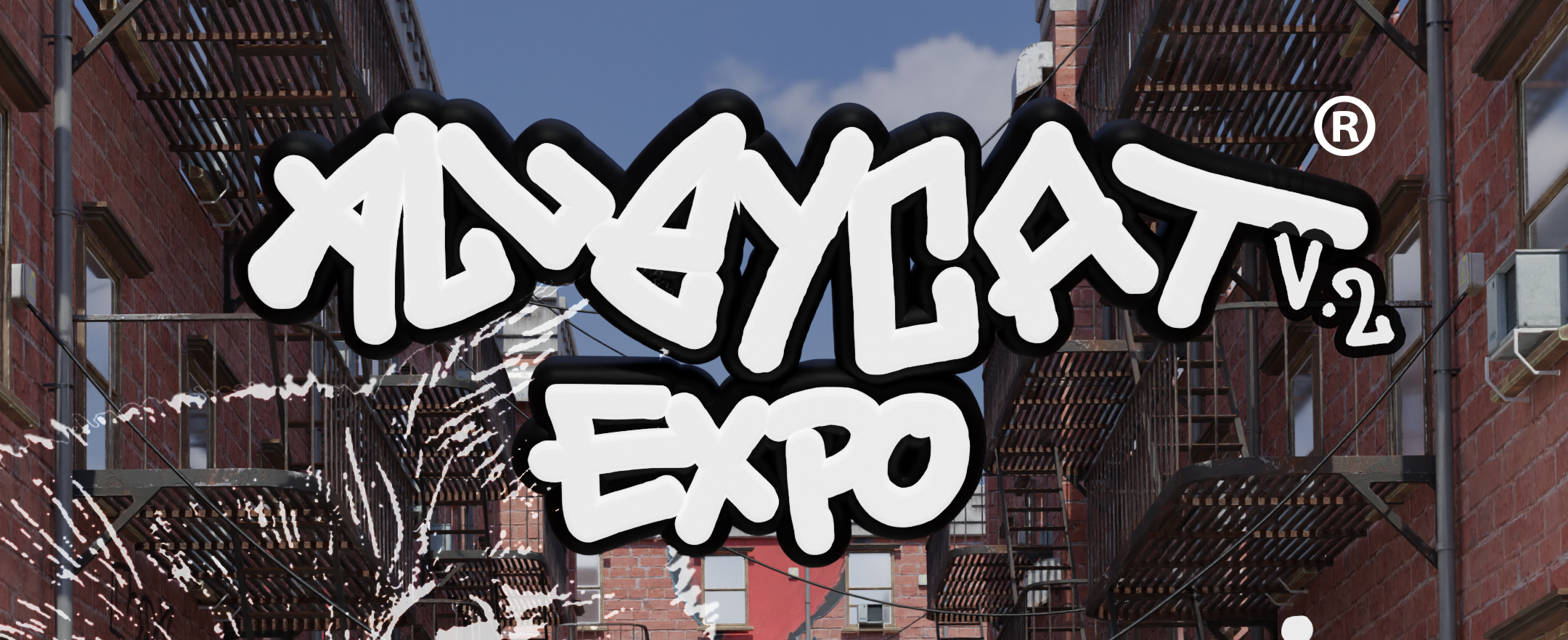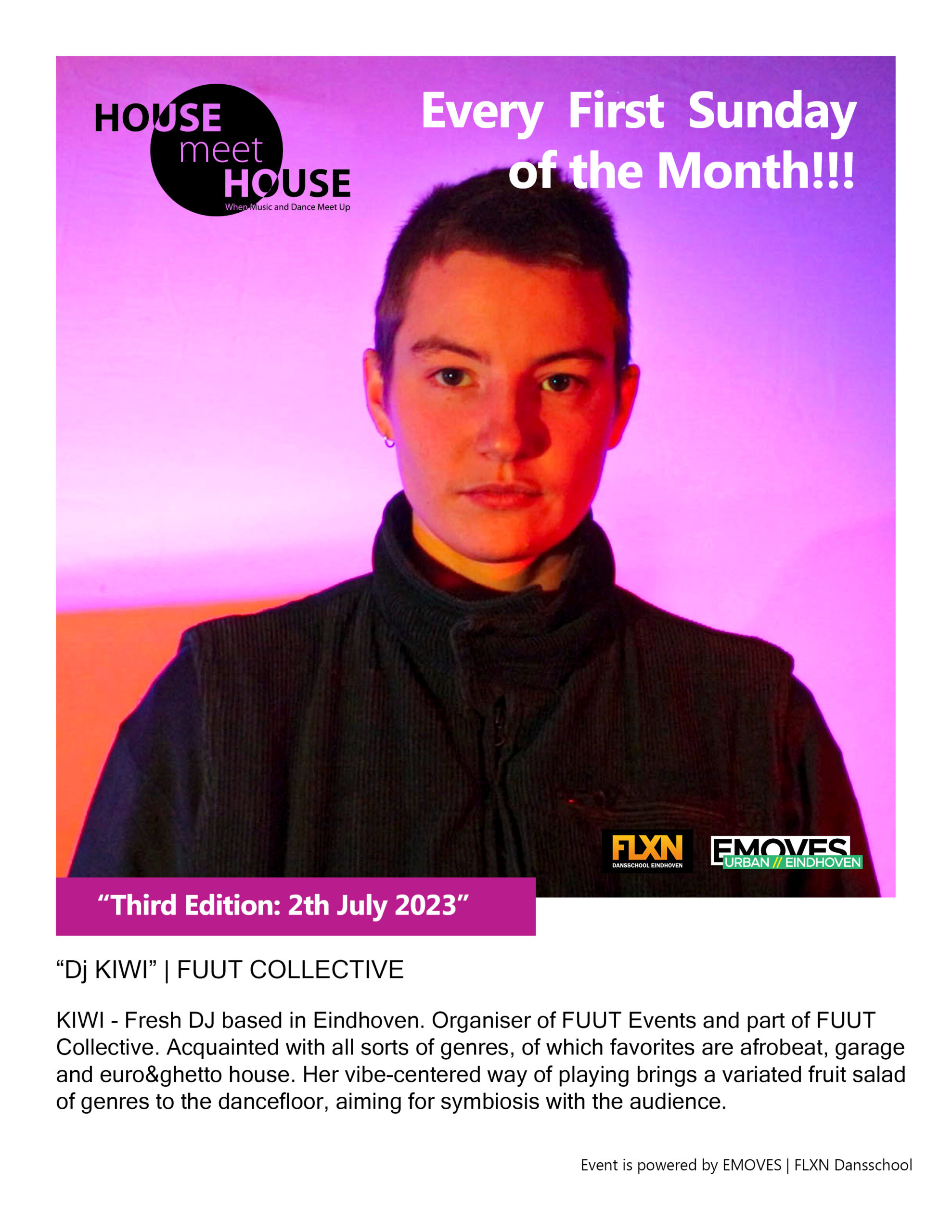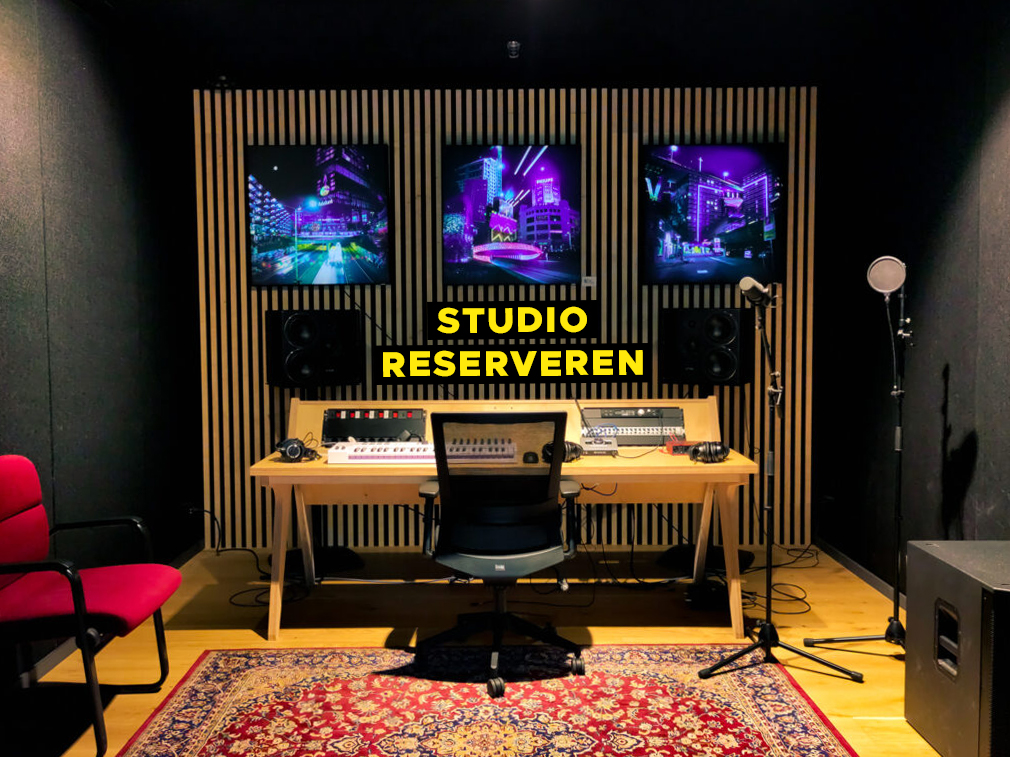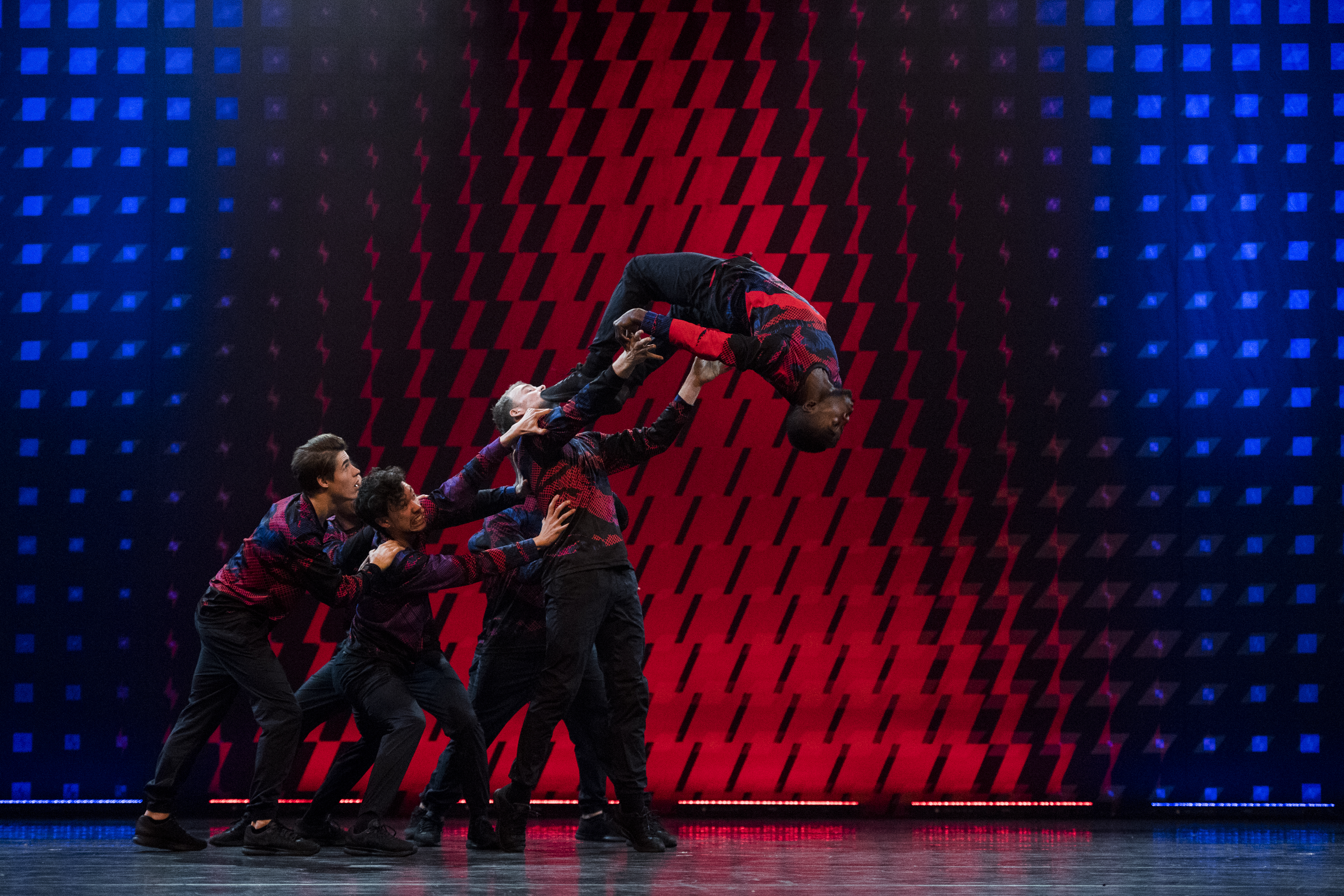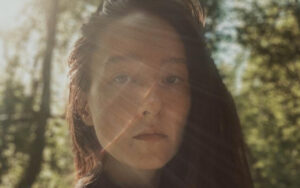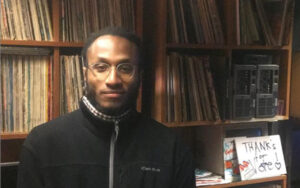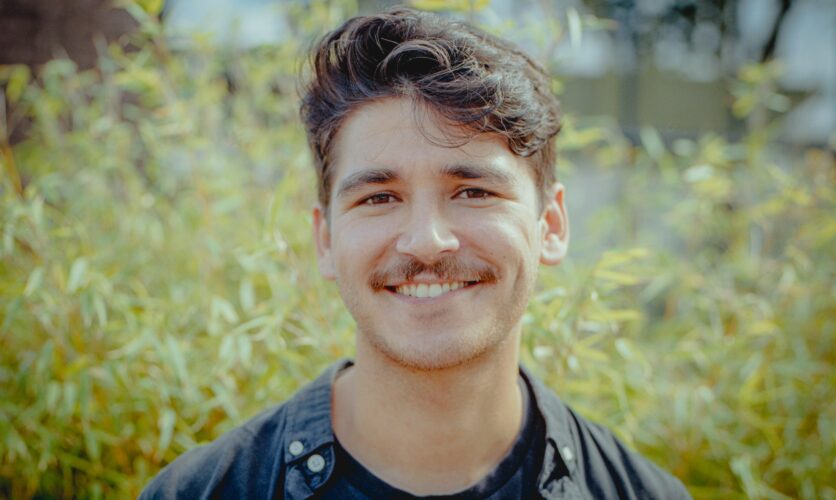
Max Kneefel: “When you walk a bit, you see so much more than when you are on a bike”
The third Sample of Area51 will take place on 3 and 10 October. In two days, photographer Max Kneefel teaches you the tricks of the trade. And however fleeting the movement you catch may be: to succeed, Max argues, it boils down to mastering the technique and having a plan.
Max Kneefel photographs events and architecture, among other things. For the Municipality of Nijmegen, for example, he is currently making campaign images for the city: “It is great that they send you on the road and that you can go into the city with your own creativity and vision and make cool images that they all want. And if they also print it on large banners and in bus shelters, that’s cool. But I can also enjoy festivals in the summer, where I can just let go.”
The great thing about these festivals, he explains, is that there is often a lot to see: “Sometimes a break dancer comes by, or an artist who is very energetic. You can freeze that very nice, but it can also be solved more creatively by showing precisely the movement that that person performs.” Max wants to convey that difference to the participants of the workshop and so he takes skaters and dancers with him: “You can use a long or a short shutter speed with a camera. With a telephone it is a bit more difficult, although we also get there with an app. The longer the shutter speed, the more movement you see. It’s cool to do that with a dancer or a skater. Nice playing and snuggling to see how we can show it the best.”
More important than the camera you use is that you know its possibilities. With that you can already make a difference, Max explains: “Sometimes I also take photos with the automatic mode of my iPhone, but you can always adjust even that slightly. You immediately see what you do and what the result is. you can determine your composition differently so that it still becomes a more interesting image. Not always just photograph everything in the middle, for example. Not always just at eye level, but just a little lower. These are all small tricks with which you can make it more interesting.” And this is how you distinguish your work from that of others: “I prefer to make something different from what others already make. That is not always easy, but I think you will eventually get there if you just start with that thought. What I want to give it: there is so much in the camera of your phone alone, you can get more out of it than you think.”

Max’s love for photography was there early on. He comes from a visual family: “My father has an advertising company and my brother also works there. He studied DTP and SIGN. My sister did design at school. I eventually got a camera from my father and that’s why I am I also failed to do something that I liked a bit further. Then I went to the photo vocational school.”
He has good memories of that school: “The great thing was that we could immediately apply teaching material outside or in the studio. For an internship assignment we were allowed to join the defense army for a whole week. They had an exercise in which they had to conquer a building. the boat they went to that building. They climbed on it and so they went in. Nowadays you can see everything on your screen, but during this assignment it was taped up. I was only allowed to look at how I had set everything up. It was nice that you then think longer about how it works and learn the technology by heart instead of looking back at your screen. That is what I remember most about that internship and school , how you can set your camera the fastest and best. That’s important with an SLR, for example.”
Max also learned how important it is to come up with a concept in advance: “Just going out to photograph is fun to do, but if you really want to put something in a series, you have to think about it before you get started. Suppose you take a photo and you don’t like the colors, so you just do it in black and white. Now that can be very cool, but by thinking that in advance you may be looking for a bit more contrasts. It is good to approach the subject that you are going to photograph with an idea.”
And when you hit the road without a plan, Max decides, it is important to look around to find the right image: “Yesterday I went for a bike ride after an appointment. Sometimes you take a walk instead of cycling or driving around in the car. When you take a walk you see so much more than when you sit on the bike and speed past. At the NRE site I took a few photos, I saw new things there. The sun was shining very nicely, between all the pillars of the building and the water next to it shone again as a reflection on the ceiling. Coincidentally there was also a BMX rider, so he was there too. But if you walk a bit and look around a bit, you’ll see.”
The photography workshop will take place on October 3 and 10. You can register here.
